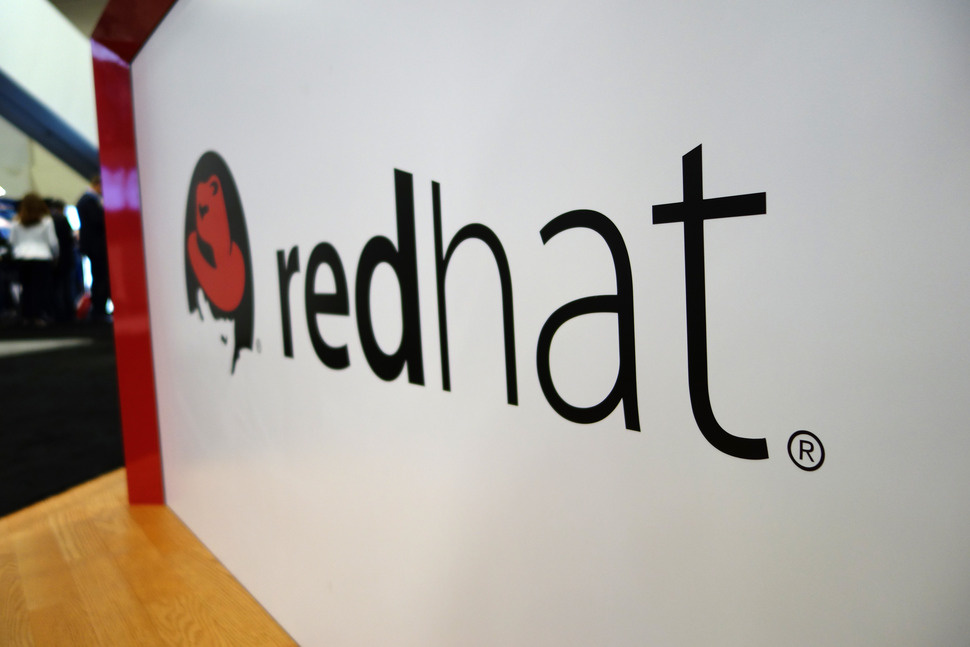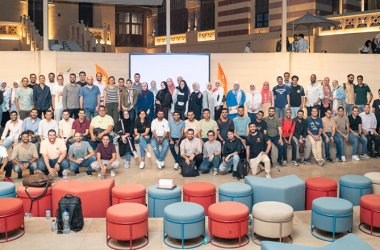Red Hat is beefing up its OpenShift containerisation-as-a-service offering with a new developer tool for packaging apps into containers, foundations for incorporating microservices into those applications, and tighter integration of Amazon Web Services functionality with the platform.
The biggest news, as far as Red Hat is concerned, is that it will offer native access to AWS from within OpenShift Container Platform later this year. That will make it possible for enterprises to configure AWS services from within the same interface they use to create and deploy containerised applications.
It made the announcements at the Red Hat Summit in Boston on Tuesday.
OpenShift Container Platform, now at version 3.5, is Red Hat’s containerisation-as-a-service offering. Customers deploy and manage it on their choice of infrastructure, whether that’s in their own data centre or in the public cloud.
It’s not to be confused with OpenShift Dedicated, a single-tenant container platform hosted either with AWS or Google Cloud Platform and managed by Red Hat, or with OpenShift Online, a multi-tenant platform also managed by Red Hat. All use the same OpenShift code-base, it’s just the management that differs.
OpenShift Container Platform users will be able to configure and deploy AWS services such as Elastic Load Balancing, the CloudFront content delivery network, or the Aurora database engine from the OpenShift console as a result of Red Hat’s closer alliance with AWS.
The changes “will enable customers to develop and deploy hybrid applications running on Red Hat technologies on AWS or in their own data centres, with the ability to consume AWS services regardless of where the apps are deployed,” explained Paul Cormier, Red Hat’s president for products and technologies, in a blog post. Those technologies will include Red Hat Enterprise Linux, JBoss Middleware, and OpenShift Container Platform.
The two companies will offer joint support for the offering when it launches later this year, and will also work to coordinate the development schedules to enable new AWS services in Red Hat Enterprise Linux, Red Hat said.
At the summit, Red Hat also unveiled a limited developer preview of OpenShift.io, a free online development environment for cloud-native applications.
Developers won’t need to install anything locally to use OpenShift.io. The applications they develop will be built automatically into Linux containers and deployed to OpenShift Online.
One way to build apps quickly is to assemble them from microservices. To make that process simple, Red Hat plans to offer pre-built containerised foundations for microservices under the banner Red Hat OpenShift Application Runtimes. Previews of the first three — WildFly Swarm, Eclipse Vert.x and Spring Boot — are already available at launch.openshift.io, and the company expects to add others, including a containerised node.js, to the list when final versions are released later this year.





